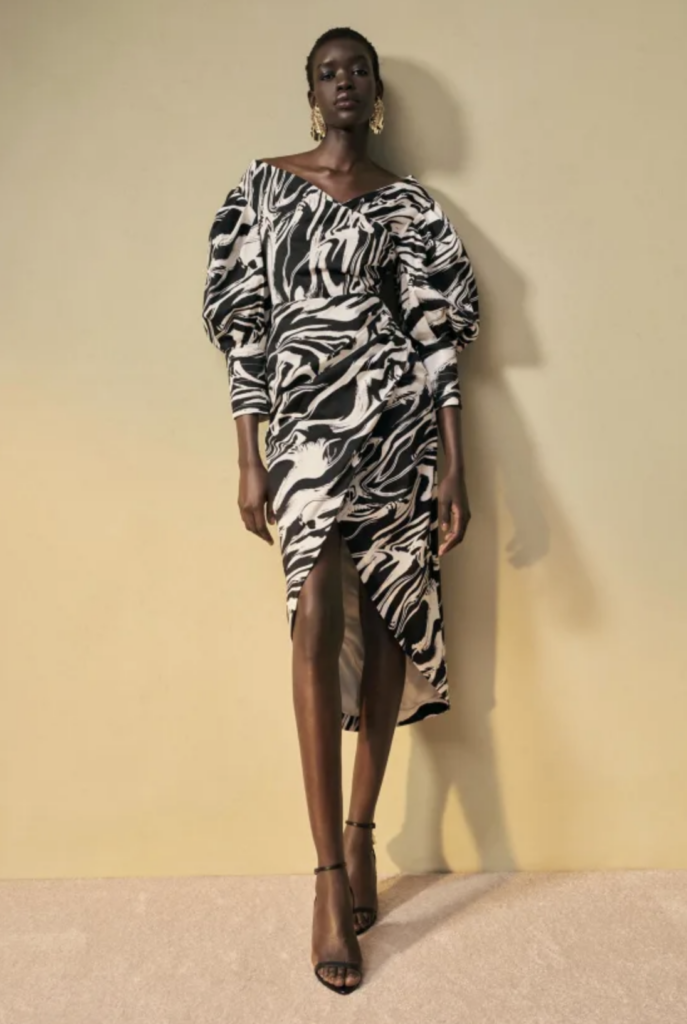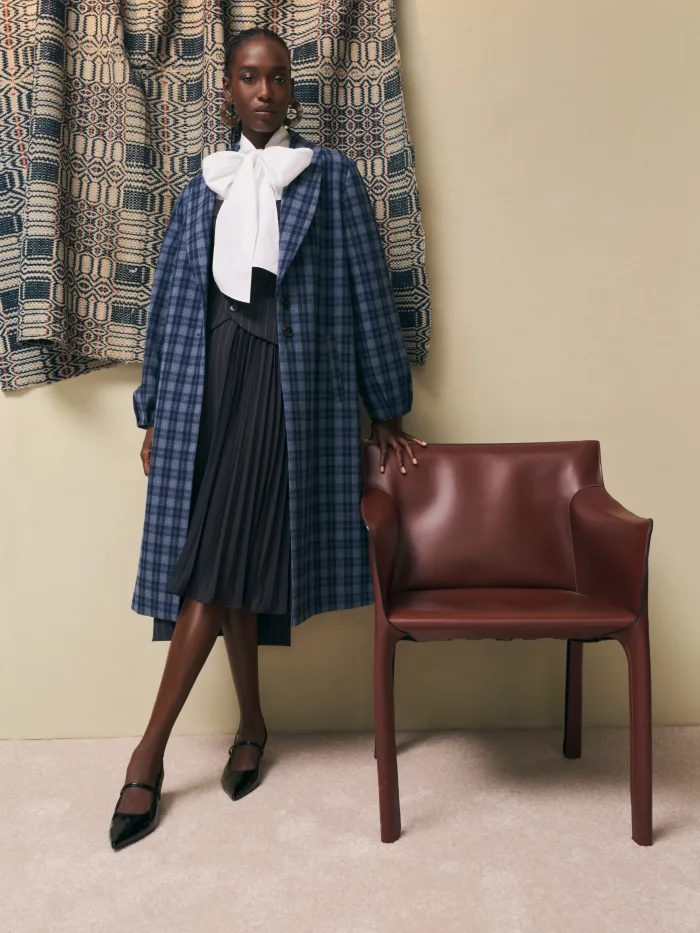In recent months, many entrepreneurs, particularly smaller, independent fashion labels, have been grappling with the challenges of retail's unpredictable economic landscape. Lacking the financial resources to weather even minor market shifts, some have had to close shop, as seen with brands like Interior and The Vampire's Wife. However, others have found strategic ways to adapt and continue moving forward. A prime example is the recent collaboration between Nordstrom and Harlem's Fashion Row, which spotlights the work of brands such as House of Aama, Megan Renee, and Harbison, through exclusive partnerships available both online and in select stores.
For designer Megan Renee Smith, this collaboration is a dream come true, providing significant opportunities for growth. As she explains, "As an emerging and Black-owned brand, getting into retailers like Nordstrom is challenging. This collaboration is a huge milestone for me, and the visibility it brings is invaluable. Nordstrom's reputation as a top retailer adds even more weight to this opportunity."

Rebecca Henry and Akua Shabaka of House of Aama echo similar sentiments, with Henry emphasizing that this partnership opens doors to a customer base they may not typically reach. Shabaka adds that these opportunities bring additional marketing, PR, and activation possibilities. "Small businesses often can only focus on one or two areas at a time, but collaborations like this allow for a more comprehensive approach. It's still up to the designer to maximize the opportunity, but it levels the playing field for smaller brands."
Supporting small, independent designers is an appealing concept for many consumers, but price often becomes a barrier. Products from these designers are usually more expensive than mass-produced alternatives. Retail collaborations, however, help make these products more accessible at lower price points, which Charles Harbison appreciates. He explains, "I love the high-quality, aspirational designs I create at Harbison, but I'm not at the stage where I can provide them to everyone on my own. Collaborations with Nordstrom give me the chance to reach more customers."

Each designer had full creative control over their collection. For Harbison, inspiration came from a portrait of a young Black woman by Simon Maris, which he saw as a reflection of his customer. His collection highlights youthful playfulness with florals, relaxed silhouettes, and transitional fabrics designed to be timeless, legacy pieces.
Megan Renee's collection speaks to the bold, feminine customer who enjoys strong, chic designs. Inspired by a quote from Erin Hanson, Smith incorporated a bird-feather-inspired print into an off-the-shoulder dress, emphasizing themes of courage and empowerment. Meanwhile, House of Aama drew inspiration from Dandy culture, focusing on tailoring, androgyny, and unique textiles. Their collection of pussy-bow blouses, pinstripe skirts, overcoats, and graphic button-downs reflects their tailored roots and offers timeless staples for customers.
Additionally, each brand benefited from Nordstrom's internal resources. Harbison used sales data and customer insights to guide his design process, while House of Aama gained access to a wider range of materials and fabrics they might not otherwise have sourced.
In these economically uncertain times, it's natural to wonder how designers have adjusted their approach. Harbison reflects, "I embrace these challenges. As both an entrepreneur and a creative, I aim to meet this moment thoughtfully. If customers are more financially cautious, it's my responsibility to acknowledge that and still provide them with beautiful, high-quality products that resonate, no matter where they shop."


